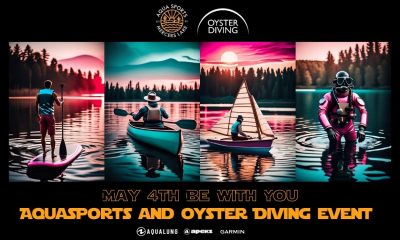News
Sidemount versus Backmount – a constant debate
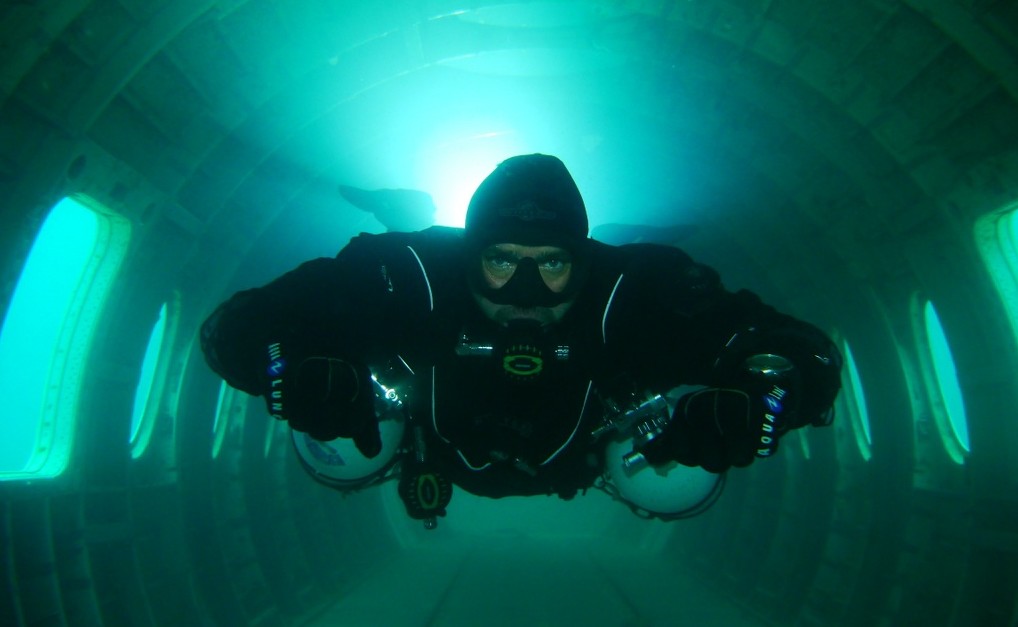
An increasing proportion of divers are making the transition from recreational to technical diving for a variety of reasons, whether it be to go deeper, to stay down longer, to enter caves, or to dive bucket list wrecks. We all have our own individual diving aspirations and reasons why we love being underwater, so when it comes to choosing equipment, why should it be any different? It is all about personal preference.
People often ask me, what is the secret to relaxed and comfortable scuba diving? My answer is always the same – it has to be using the most suitable equipment for your specific dive that meets your individual needs and requirements. This is especially true when it comes to technical diving, as with increasing equipment load and task loading it becomes all the more important to ensure that you are only carrying necessary equipment which is streamlined and you are confident in using.
I dive backmount, sidemount, multistage and CCR configurations; of course, I make it no secret that sidemount is my preference, whether I’m in caves or open water. For me, it’s about taking the weight off my back in any environment. For some, having the weight on their back causes no issues, so then you have to decide what works for you, both in and out of the water in different environments.
This is where training comes in. At the end of the day there’s no substitute for experience – both an instructor’s and your own. By all means talk to people, follow forums, but ultimately there’s no vetting process for who can make comment, so whose opinion can you really trust? The obvious answer is you have to make your own opinion and the best way to do this is to give the equipment a try, but under the supervision of an experienced and reputable instructor. Most full-time technical instructors will have spent 1000s of hours underwater and many of these will have been spent perfecting their equipment, so why not make use of that experience? Skip the awkward errors and time spent analysing how the harness should fit, where the weights should go, what length regulator hoses, which D-rings to use and where – Just skip to the good bit of diving and deciding if you like how something feels. Ultimately, diving is all about feeling relaxed, not stressful or uncomfortable.
So, what’s the right equipment for the right situation? Carrying excess equipment for a dive, eg. 6 cylinders for a 1 hr dive at 10m, is just adding extra stress and strain for no reason. However, the big debate comes in when discussing sidemount outside of cave diving. People still view sidemount as just a tool to squeeze through restrictions by removing cylinders, but sidemount has a lot more to offer than this. When it comes to diving safely in open water, especially at depths or overhead environments, it’s important to access your valves easily in the event of a gas problem. Some people struggle to access their valves in a twinset, whereas in sidemount, valves are always easily accessible and visible. Taking weight off your back and carrying cylinders separately on the surface is an advantage for those who suffer with back pain or struggle to carry weight. Conversely, if you have no physical issues, then backmount could be right for you. Ultimately, it’s about approaching the decision with an open-mind and recognising that both configurations will give you redundancy – it’s just about what you feel best and most confident in.
There has been much discussion around the difficulties of using sidemount on a boat or effectively staging multiple cylinders for deep dives, but it has to be said that these issues apply equally to backmount and ultimately it just comes down to training from an experienced instructor. Open water sidemount is the relatively new kid on the block in comparison to twinset diving, so unfortunately people are still experimenting, and as a result, getting it wrong. My experience has been that although most boats are fitted out with backmount divers in mind, a well-trained sidemount diver has much greater flexibility towards kitting up, i.e. sitting on a bench, standing up, kneeling on the dive deck, straddling the tube of a RHIB or donning/doffing in the water. There’s no denying the fact that there are pros and cons for each configuration, but it really comes down to how you feel in the water, and with adequate training you’ll learn how to make your life easier and overcome any issues. It’s all about technique, and with the right technique even the smaller, more petite divers, can readily handle multiple cylinders in a variety of situations.
Overall, if you are considering that transition from single cylinder to dual cylinders and perhaps beyond, my ultimate piece of advice would be, don’t listen to all of the talk and the hype about different configurations, but instead go out and give them a try yourself. Spend your time/research finding a reputable instructor who can give you the best taste of the different equipment – you’ll soon know what suits you best and you’ll love your diving all the more for it!
If you are interested in further training or you want to know more about RAID don’t hesitate to contact me.
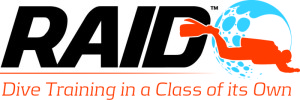 Garry is the owner of Simply Sidemount (www.simplysidemount.com) and a Director of training agency RAID UK & Malta (www.diveRAID.com). To contact Garry email garry@simplysidemount.com or visit his Facebook page: Simply Sidemount & Simply Tec
Garry is the owner of Simply Sidemount (www.simplysidemount.com) and a Director of training agency RAID UK & Malta (www.diveRAID.com). To contact Garry email garry@simplysidemount.com or visit his Facebook page: Simply Sidemount & Simply Tec
Blogs
TRAVEL BLOG: Jeff Goodman Dives SOMABAY, Part 3

Today we are diving one of the outer reefs from an inflatable. As we reach the bottom, a reef octopus eases its way into the cover of a small crack in the coral while displaying it’s incredible ability to change colour. They are arguably one of the most charismatic of reef dwellers and it is always exciting for me to simply hover and watch. I would have spent longer and waited for it to come and investigate me, but as dive time is limited we wanted to move on and find a turtle.
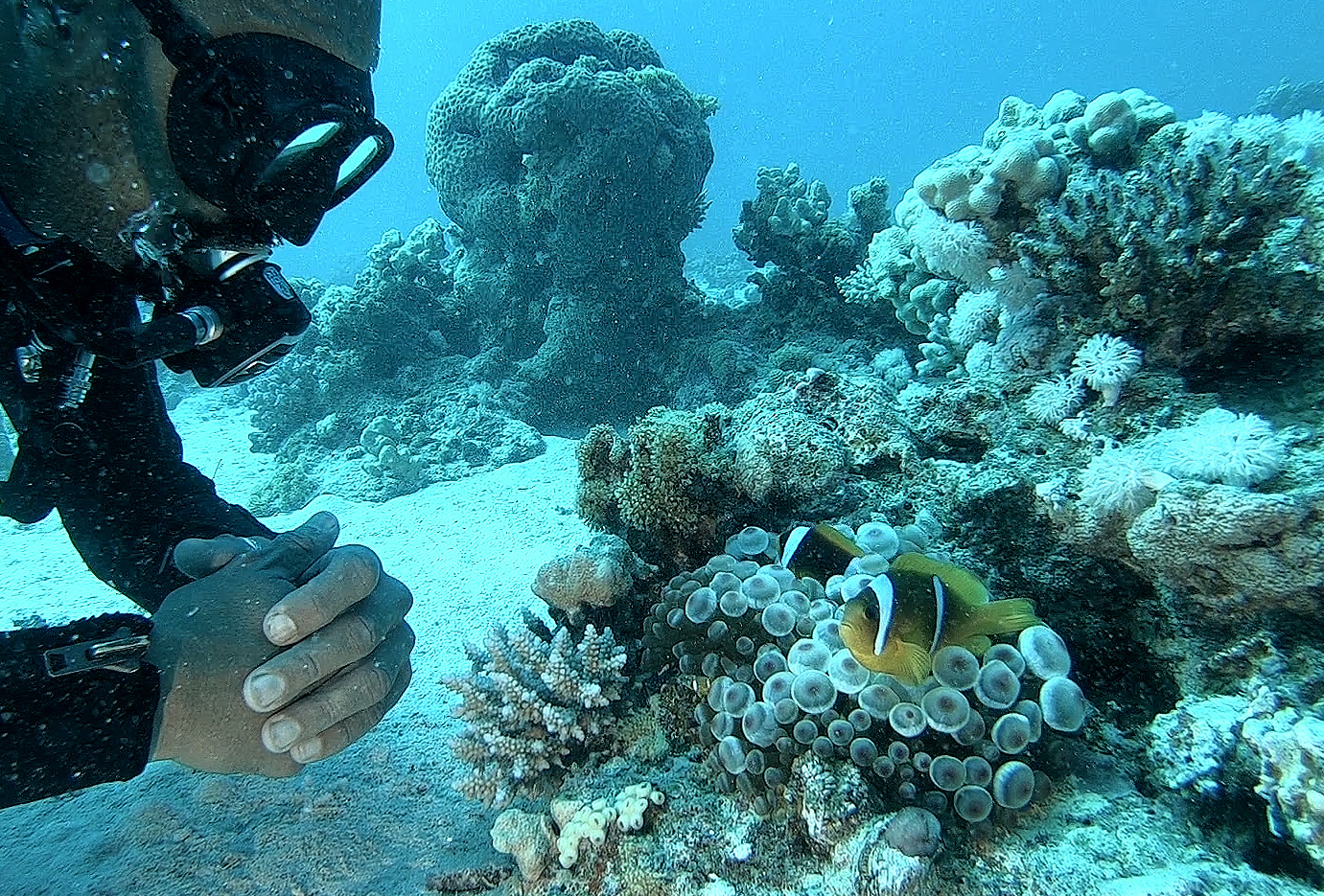
The waters around Somabay are well protected and hold a rich variety of marine life. The reef edges are thriving colonies of coral and shoaling fish, while nearer the sea bed plenty of wildlife is still to be found.
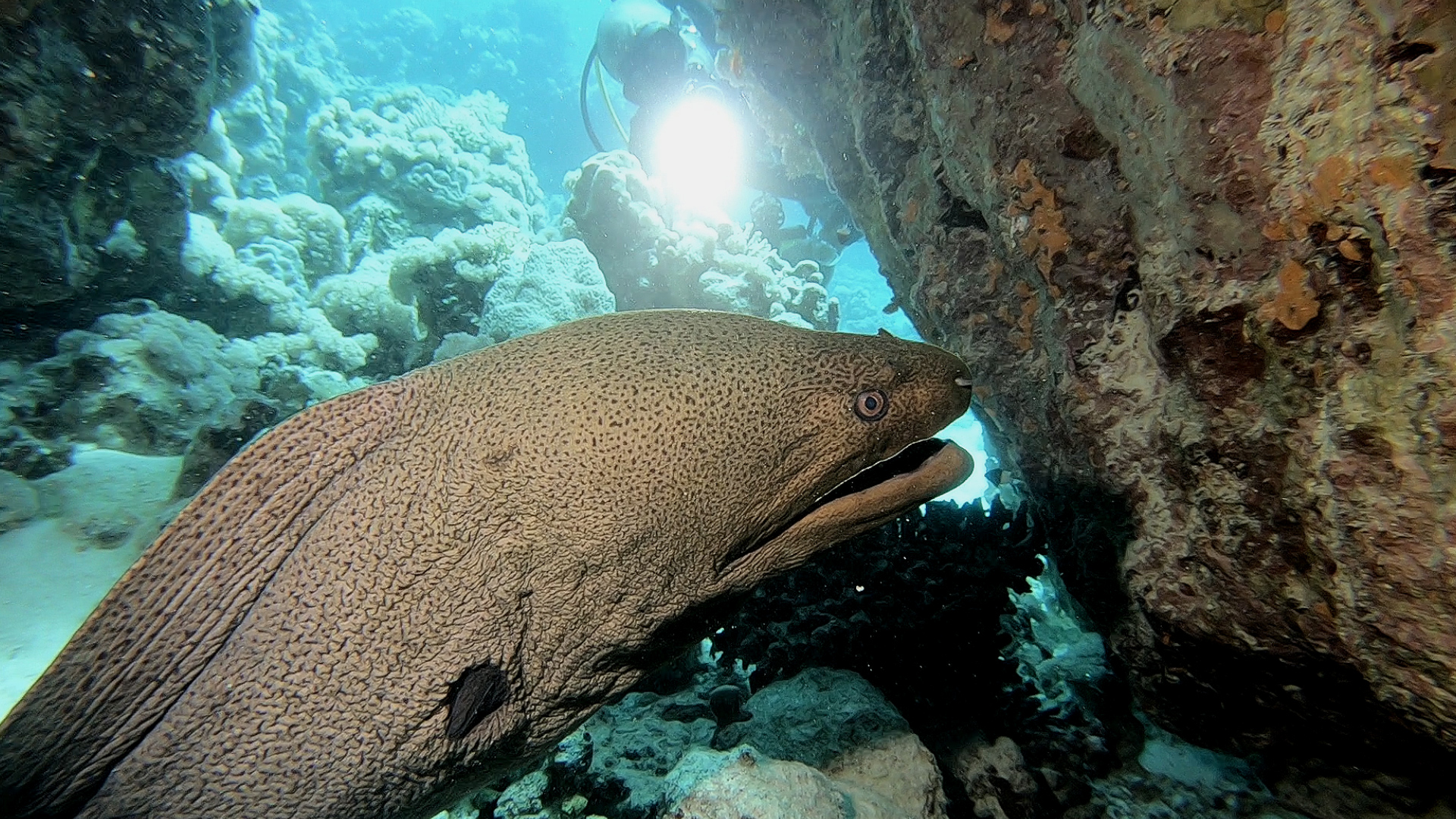
Then we located the turtles. They are very used to divers and so show little concern when slowly approached. In fact occasionally one will come over to see what you are doing. There is always huge excitement when diving with a turtle. The shear thrill of sharing a moment with another species.
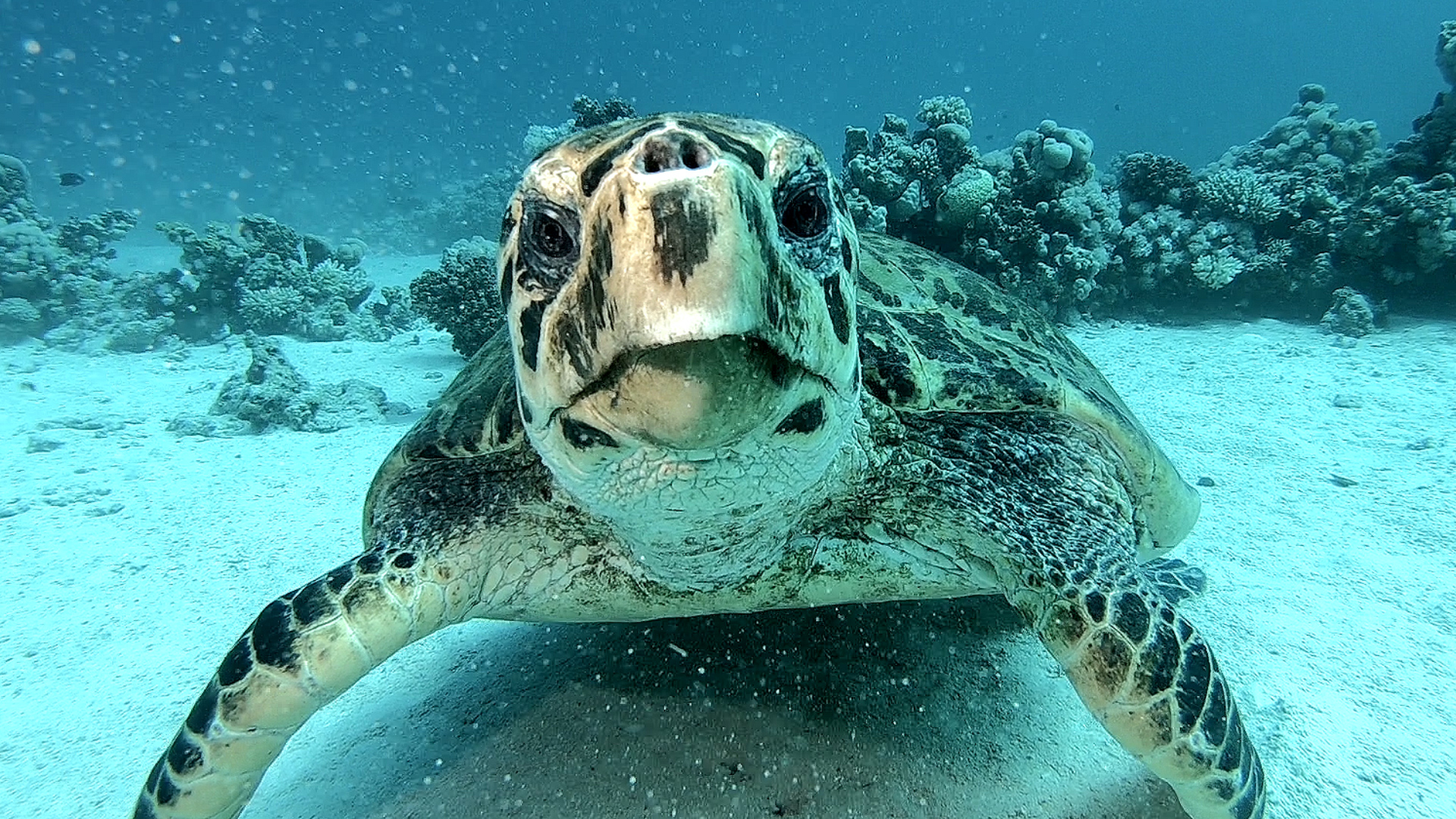
What a fantastic way to finish a wonderful few days diving and I would like to thank SOMABAY, ORCA DIVING and THE BREAKERS for making my stay such a good one.
I had a great time, with diving everyday either on the house reef or on one of the offshore reefs by inflatable or larger day boat. Orca diving provided high quality equipment and facilities while the staff were all very friendly and welcoming. The Breakers was right on the coast with nice rooms, good food and once again friendly staff making the whole trip a real pleasure.
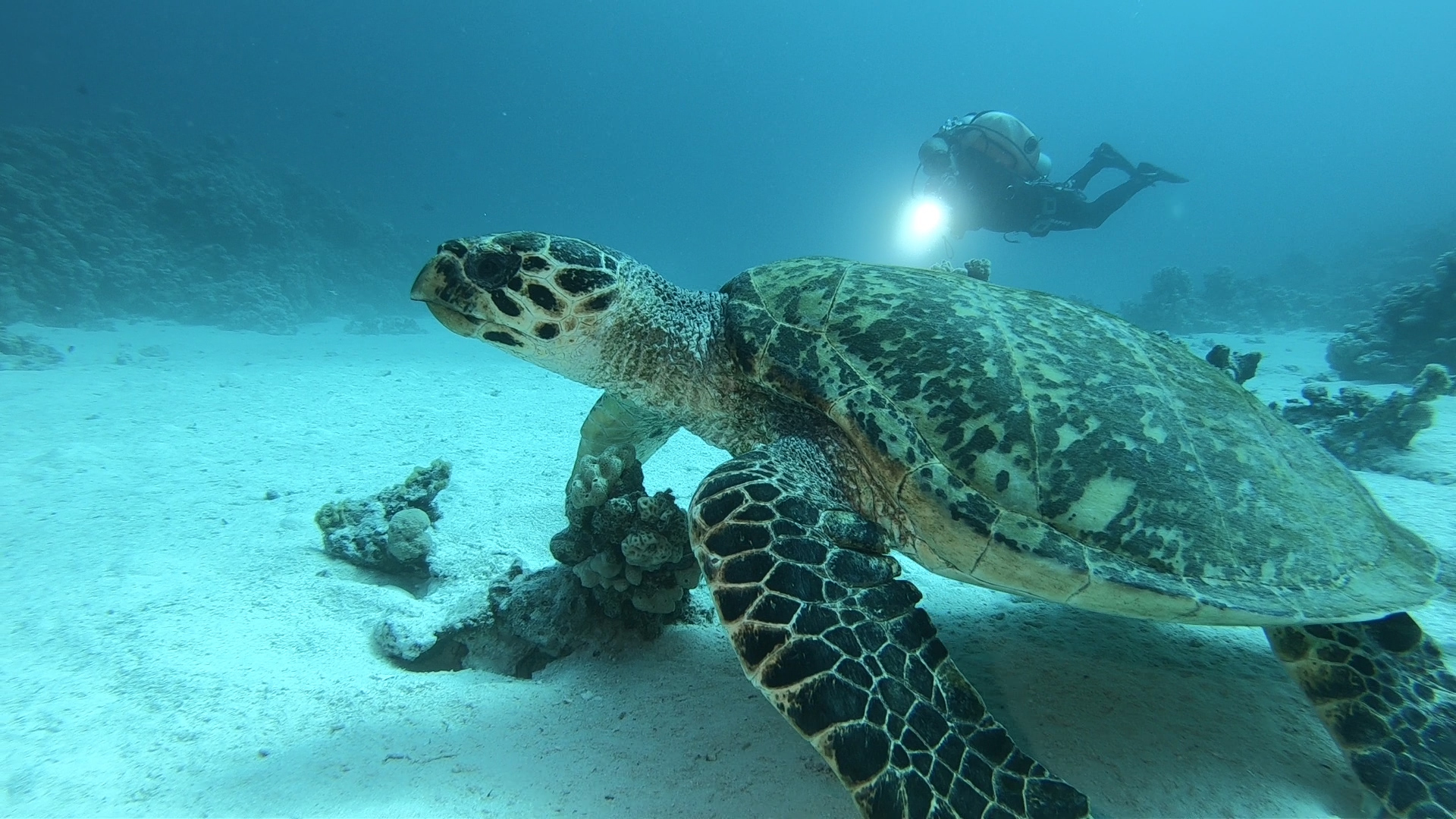
Soma Bay covers an entire peninsula and is home to several resorts as well as residential compounds.
As well as scuba diving, Somabay caters for many other sports and activities, and so is perfect for families as well as individuals and/or groups. And of course there is always time to lay peacefully on the beach under the Egyptian sun.
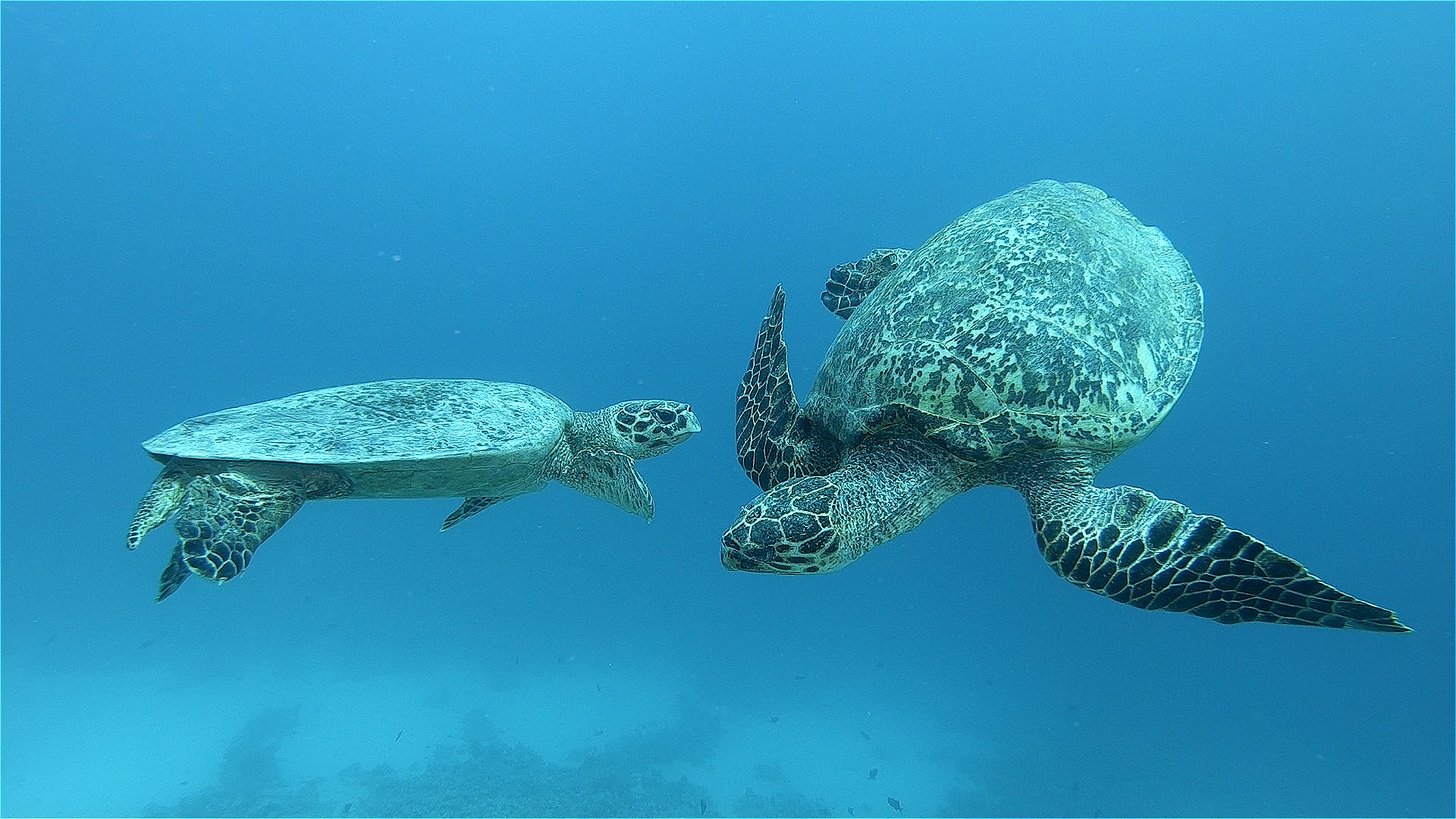
Book your next Red Sea dive adventure with SOMABAY! For more information, visit www.somabay.com.
Stay at the Breakers Diving & Surfing Lodge when you visit! For more information, visit www.thebreakers-somabay.com.
Find out more about ORCA Dive Clubs at SOMABAY at www.orca-diveclubs.com/en/soma-bay-en.
Blogs
TRAVEL BLOG: Jeff Goodman Dives SOMABAY, Part 2

Day three of my trip to Somabay and we were spending the day on the Lady Christina and diving on the wreck of the Salem Express.
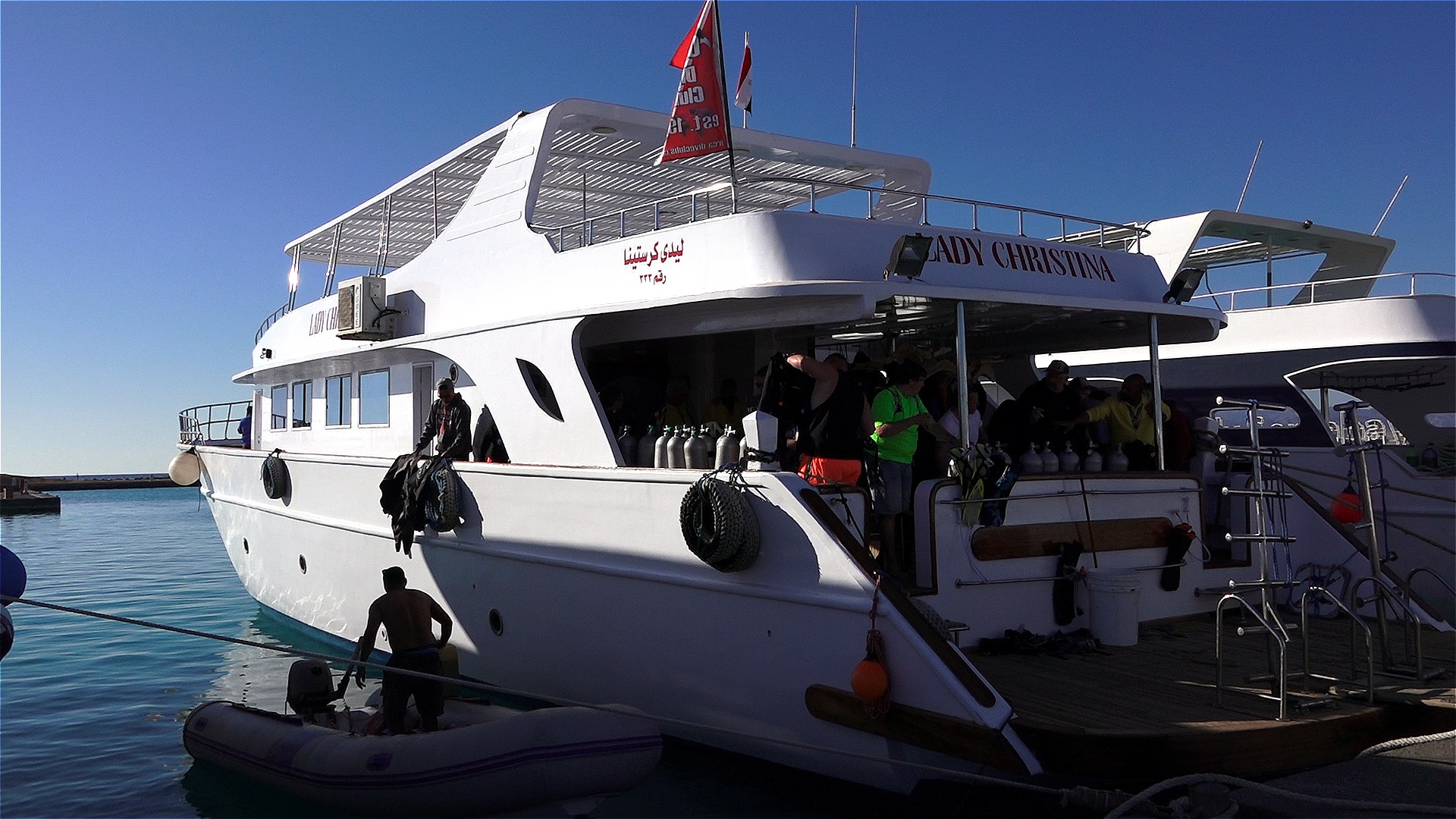
Diving wrecks for me is always one of mixed emotions. The excitement of diving a wreck is more than often tempered by the thought of loss of life when she sank. The Salem Express was a passenger ship and a roll-on/roll-off ferry travelling from Jeddah, Saudi Arabia to Safaga, Egypt. Most passengers were of poor class travelling home from their holidays while around 150 people were returning home from their pilgrimage to Mecca.

The ship struck a reef and sank within 20 minutes. Passengers were trapped below deck and the ship was filled with fear and panic.

The wreck area is strewn with personal belongings from the crew and passengers such as a transistor radio and a flat iron for clothes. A diver at sometime has put them in a prominent place to be seen.

Tragically only one life boat was launched while the others went down with the ship. More than 600 men, women and children lost their lives here.

It’s a stark reminder that the sea can be unforgiving and so when we dive on such wrecks we should do so with humble regard.
Returning to the surface, shoals of fish are gathered under our boat and seem to be welcoming us back into the light.
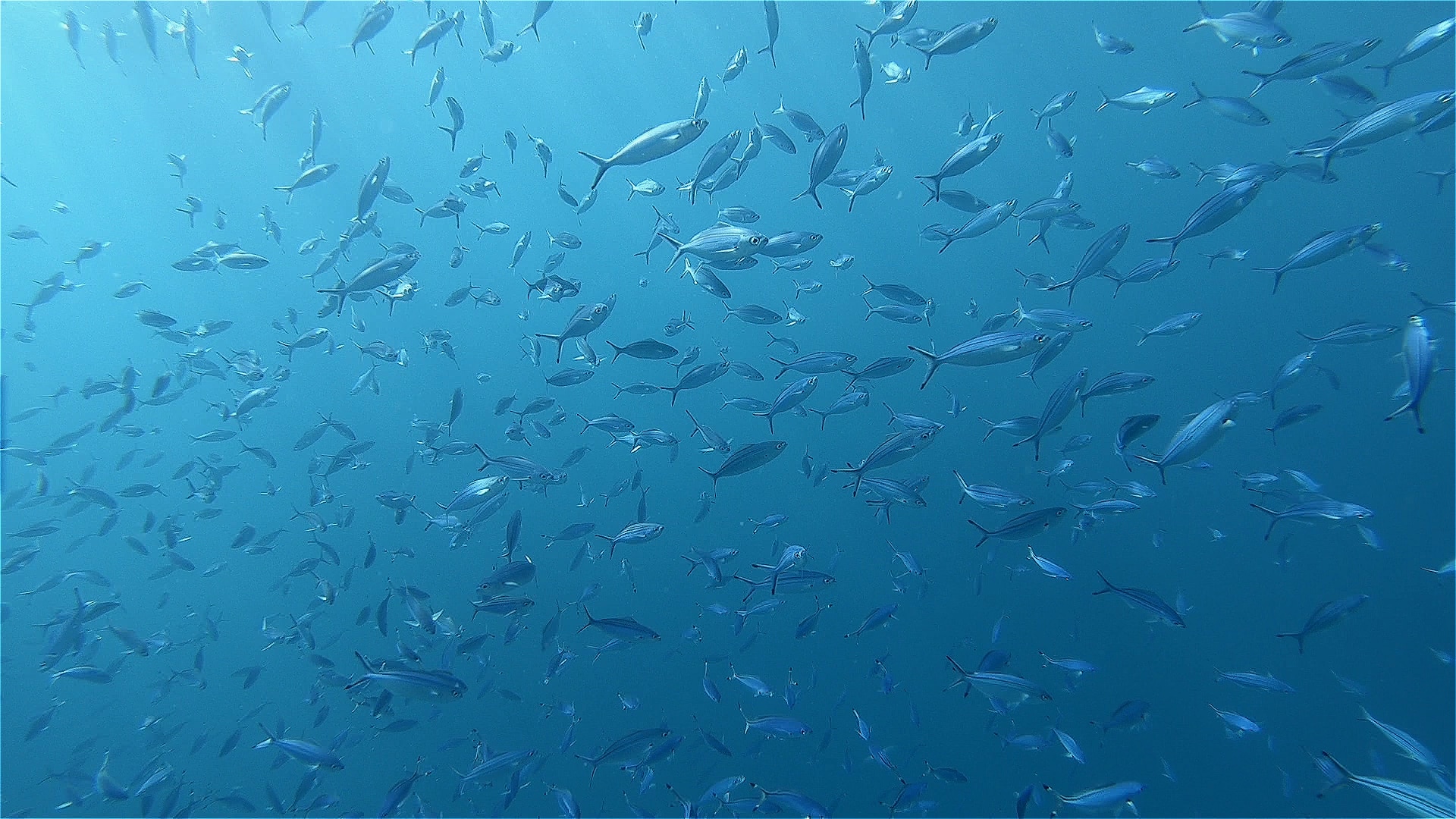
Back at the Breakers I sat in the dining area with a beer and a very good meal while my thoughts still remained with the day’s dive on the Salem Express.
Check in for part 3 tomorrow for Jeff’s last day of diving with Somabay on the off-shore reefs looking for turtles.
Book your next Red Sea dive adventure with SOMABAY! For more information, visit www.somabay.com.
Stay at the Breakers Diving & Surfing Lodge when you visit! For more information, visit www.thebreakers-somabay.com.
Find out more about ORCA Dive Clubs at SOMABAY at www.orca-diveclubs.com/en/soma-bay-en.
-

 News3 months ago
News3 months agoHone your underwater photography skills with Alphamarine Photography at Red Sea Diving Safari in March
-

 News2 months ago
News2 months agoCapturing Critters in Lembeh Underwater Photography Workshop 2024: Event Roundup
-

 Marine Life & Conservation Blogs2 months ago
Marine Life & Conservation Blogs2 months agoCreature Feature: Swell Sharks
-

 Blogs1 month ago
Blogs1 month agoMurex Resorts: Passport to Paradise!
-

 Gear News3 months ago
Gear News3 months agoBare X-Mission Drysuit: Ideal for Both Technical and Recreational Divers
-

 Blogs2 months ago
Blogs2 months agoDiver Discovering Whale Skeletons Beneath Ice Judged World’s Best Underwater Photograph
-

 Gear Reviews2 months ago
Gear Reviews2 months agoGear Review: Oceanic+ Dive Housing for iPhone
-
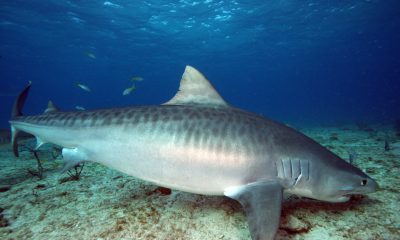
 Blogs3 months ago
Blogs3 months agoThe Thrilling Encounter with Tiger Sharks at Beqa Lagoon’s ‘The Colosseum’ with Coral Coast Divers









